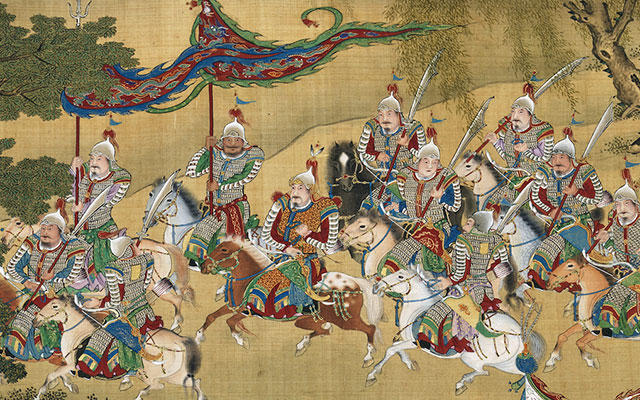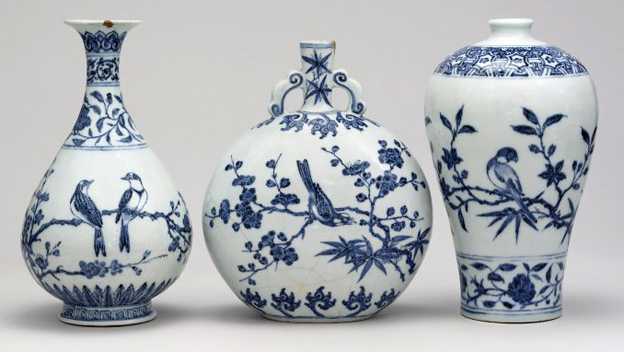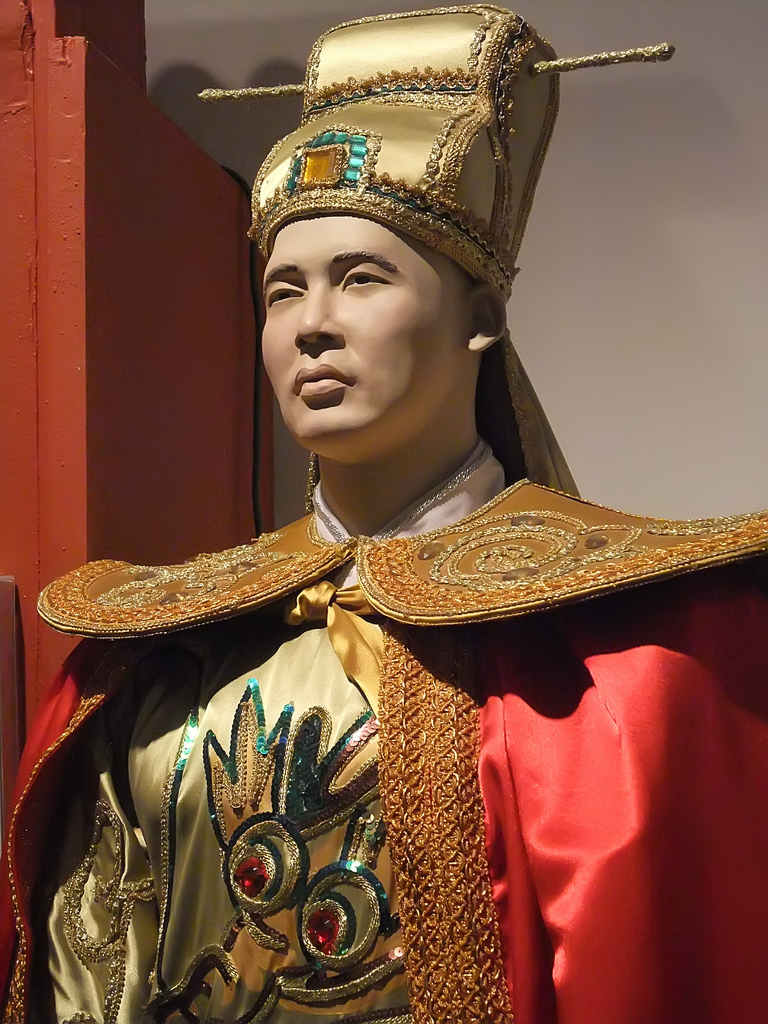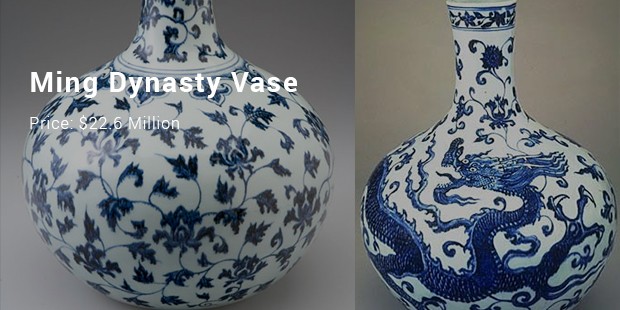- Ming Dynasty - Style That Shaped The Centuries
- So what is it about the Ming Dynasty that makes our artistic mouths water?

- 29 January '18


by Ella Hendrix
29 January '18Ming Dynasty - Style That Shaped The Centuries
The mere mention of a Ming Dynasty vase can send antique dealers into spasms of delight and fill a layperson with a sense of the exotic and mysterious. When we hear the word Ming on the Antiques Roadshow, our ears immediately prick up in anticipation of something special. So what is it about the Ming Dynasty that makes our artistic mouths water?
When did the Ming Dynasty Rule China?
The Ming Dynasty ruled China from the year 1368 to the year 1644 and was the last dynasty ruled by the Han Chinese. Various arts flourished during the Ming Dynasty, particularly in the lower Yangzi Valley, which was one of the more prosperous areas of China at the time. The period was most notable for its use of ceramic and porcelain and perhaps the most famous work coming out of the dynasty was blue and white patterned porcelain. The rise of cloisonné enamelware was also seen during this time period and collectors are always excited to get their hands on such pieces, even today, many hundreds of years later.
Advances in Clay Work
Because the Ming Dynasty has played such a crucial role in design and art, even still today, it’s interesting to know why and how this came to be. Though the Ming Dynasty didn’t invent the use of blue and white porcelain, it did contribute to its massive growth and popularity, both then and now. During this time period, Chinese artists created new clay recipes, which enabled them to create thinner objects, such as the vases that are so sought after today. At the same time, the development of new glazes allowed for an almost transparent white appearance and a far shinier look to the finished product. The artists in China were also hard at work creating new and innovative shapes, including jugs, flasks, and bottles inspired by the Islamic people.

Spreading Ming Work Around the World
Between 1405 and 1433 Admiral Zheng was instrumental in spreading the Ming influence on cultures around the world. He went on several expeditions through the South China Sea all the way to Africa and the Red Sea. While these excursions were primarily for a political purpose and to spread the influence of China on other nations, they also provided a prime opportunity to trade and develop cultural relationships with other countries. For this reason, many Chinese artifacts were delivered and disseminated on each voyage, serving to stimulate the interest of other peoples in the work of Ming artists.

So Why is Ming Pottery So Expensive?
Many people have chanced upon a priceless Ming vase or other pieces of pottery and either sold it for a tidy sum or kept it for its value. But what makes such pieces worth so much? Part of the answer has to do with a resurgence of the Chinese economy in the 1990s. Though people have been seeking out Ming Dynasty work for the last century, when more Chinese people were able to afford it, they wanted to take back a part of their heritage and culture. Also, connected to the Chinese tea drinking tradition, collecting pieces of Chinese pottery is something that many art aficionados and regular citizens enjoy doing as their budget allows.

In addition to the feelings of certain people seeking out pieces from the Ming dynasty, other contributions to its price include the rarity of the item. For example, in 2014, a very rare chicken cup appeared on the Sotheby’s auction block and reached a sale price of $36 million. This isn’t the norm, however. Regardless, the Chinese perfected the craft of pottery and other art forms during the Ming Dynasty, which lends itself to the high price tag.
The Influence on Today’s Art
Art and design during the Ming Dynasty goes beyond the pottery that defines the era. It matters not at all that nearly 400 years have passed since the era ended because it is still influencing design today. The ever famous blue and white color palette of Chinese pottery still reigns supreme in many homes all over the world. In the UK, the willow pattern became almost ubiquitous on every dresser and sideboard. The quality pieces that came out of the Ming Dynasty continue to influence cultures everywhere. For example, the woodwork during the era still plays a part on the development of Danish furniture. Cotswold Grey have commented that Iconic features from authentic designs from this era have been incorporated into the process when manufactured by their craftsmen. The beauty of Chinese pottery and other pieces still influences artists and designers today and it’s likely not going anywhere anytime soon.
